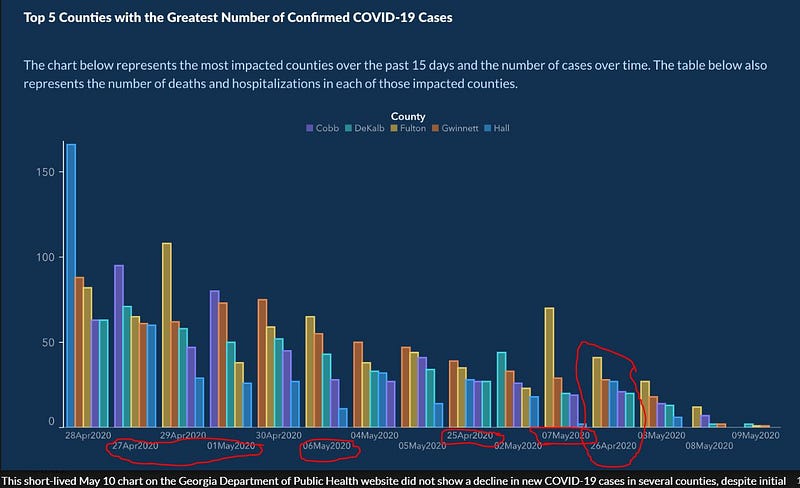Debunking the Top 5 Misleading COVID-19 Reports
Written on
Understanding Misleading COVID-19 Reports
Have you noticed the prevalence of misleading information regarding COVID-19? According to Pew Research, around 80% of individuals have encountered false COVID-related news at some point. Interestingly, misleading reports often utilize the same data as legitimate sources. How can identical data lead to such different conclusions? It resembles the way the media can distort perceptions through selective framing. Let’s delve deeper.
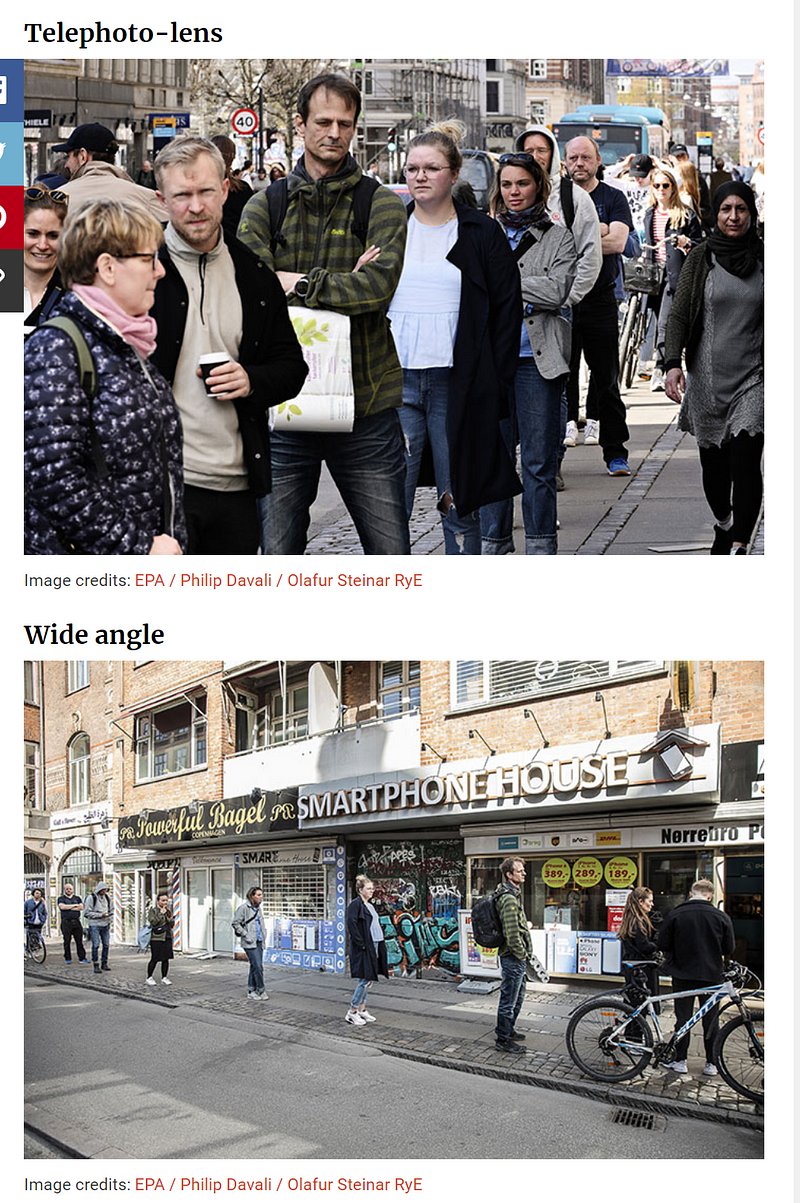
The Ease of Manipulation
If you haven't yet explored the book "How to Lie with Statistics," it's time to do so. We're witnessing this manipulation on a grand scale, whether due to sheer incompetence or deliberate intent. Here are the top five methods by which individuals misrepresent or misinterpret data:
- The False Scale — Cumulative vs. Linear Graphs Starting at Zero
- Case Data — An Inappropriate Method for Trend Analysis
- Growth Rates — The Omission Fallacy (X vs. Y)
- The False Comparison — Manipulating Graph Scales
- The No Comparison — Presenting Big Numbers Without Context
Stick with me for the next few moments, and I'll reveal several articles (many of which you may have seen) that are misleading and explain why.
Section 1.1 The False Scale: Cumulative vs. Growth
Reported:

Reality:
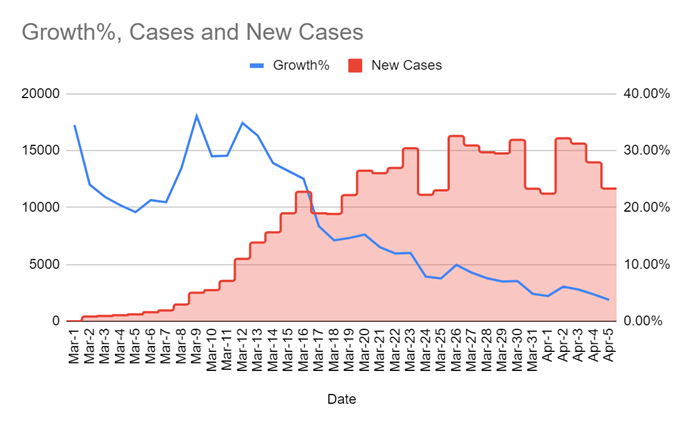
Source: Centers for Disease Control and Prevention — Cases by Date of Onset
The Issue:
Both graphs accurately represent data, but they convey vastly different narratives. The first graph illustrates cumulative totals, while the second highlights daily changes. Cumulative graphs may obscure the current growth trends, as they often mislead viewers into thinking there is a constant rise when, in fact, recent growth may have slowed significantly.
Section 1.2 Case Data: A Misguided Focus
Reported:
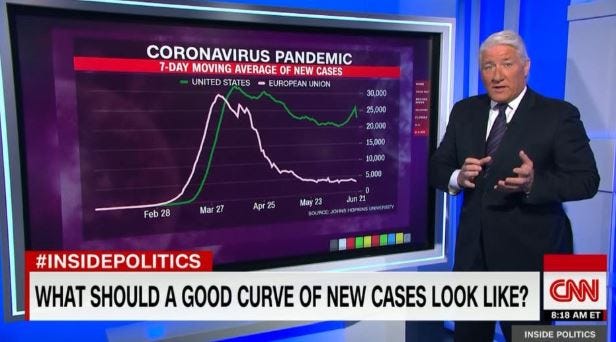
Reality:
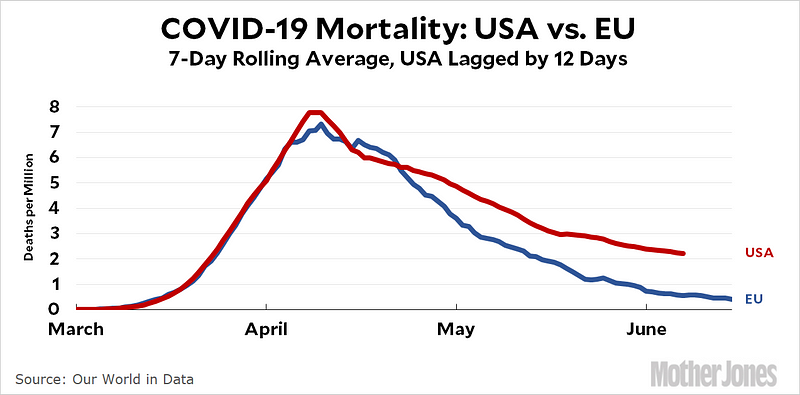
The Issue:
As discussed in previous articles, utilizing case data in this manner is fundamentally flawed. Different countries define a "case" diversely and have varying testing capacities. This disparity leads to misleading interpretations about trends. In an epidemic, we should focus on hospitalizations and fatalities to better understand the situation.
Chapter 2 Growth Rates: The Omission Error
In the video "Dr. Anthony Fauci Testifies on Origins of COVID-19," Dr. Fauci discusses the complexities of interpreting growth rates and the importance of context in data representation.
The second video, "Dr. Anthony Fauci Testifies Before House Subcommittee on COVID-19 Pandemic," further elaborates on the significance of accurate data representation.
Section 2.1 The False Comparison: Manipulating Scales
Reported:
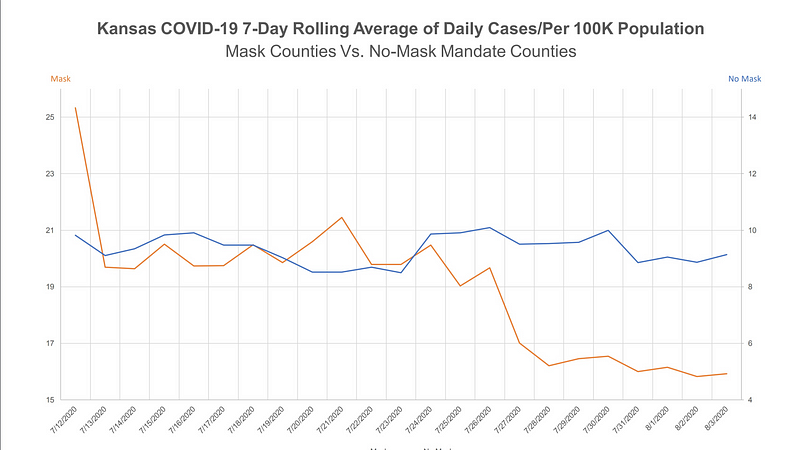
Reality:
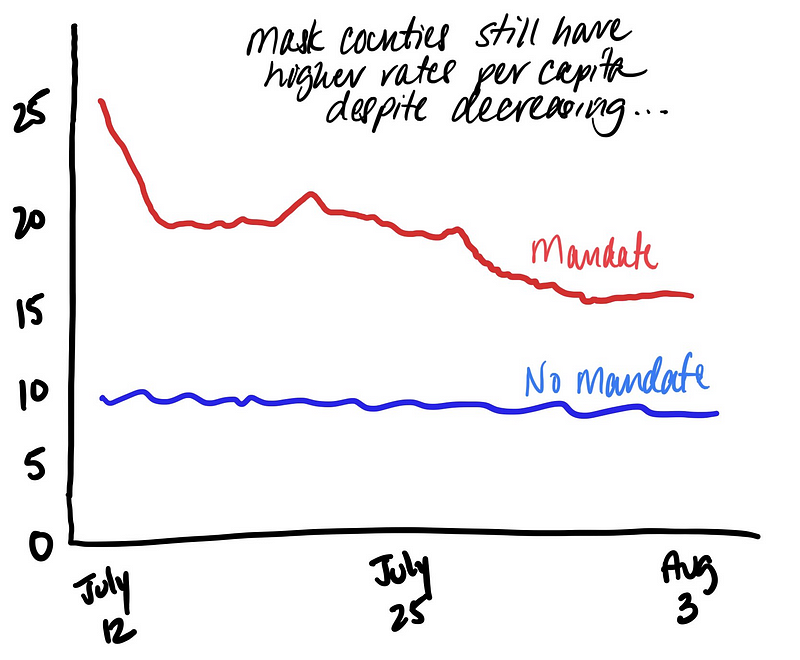
The Issue:
In attempts to demonstrate the effectiveness of mask mandates, graphs can be manipulated by altering scales. It’s crucial to ensure that data visualizations are presented on a consistent axis to avoid misinterpretation.
Section 2.2 The No Comparison: Lack of Context
Reported:

Reality:
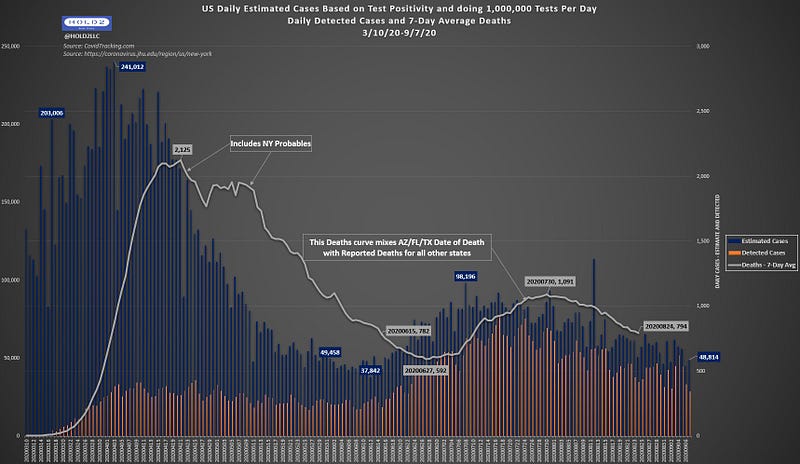
The Issue:
The presentation of cases without accounting for testing levels can be misleading. A significant rise in reported cases might be a result of increased testing rather than a true increase in infections.
Conclusion
Thus, these are my top five misleading tactics in COVID-19 reporting. If you’ve encountered more egregious examples (not just blatant fabrications on social media), I’d love to hear about them. If you found this analysis helpful and want updates on future content, feel free to subscribe. Constructive feedback and open discussion are always welcome in the comments.
Honorable Mentions:
Can you identify the flaws in these graphs?

